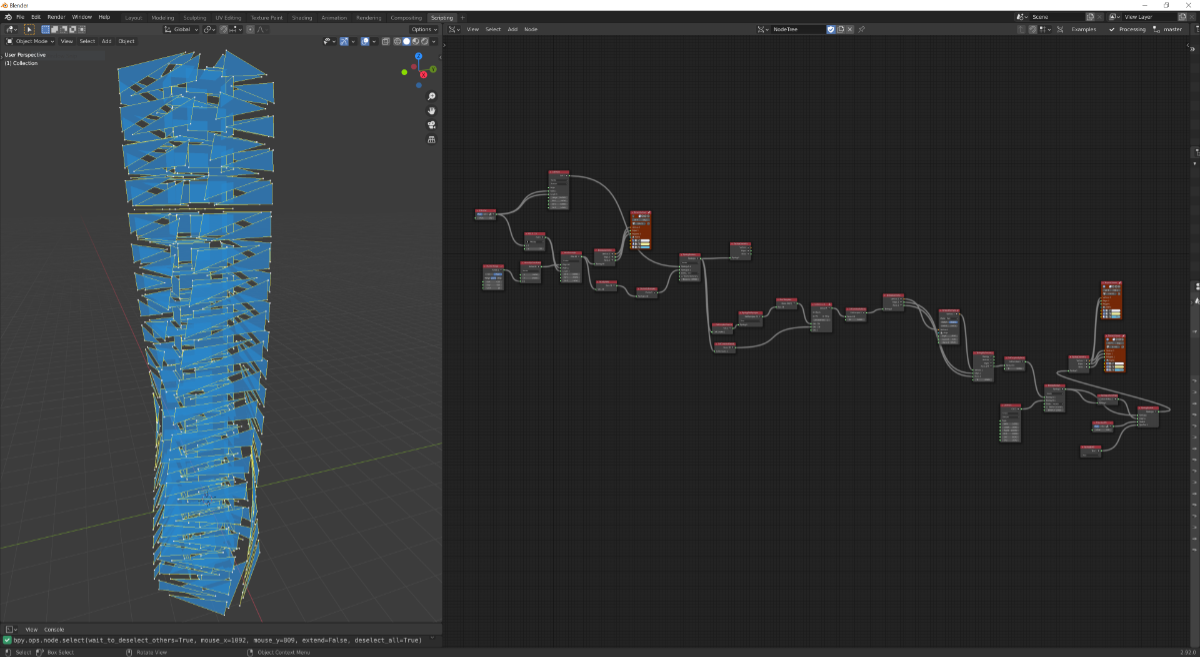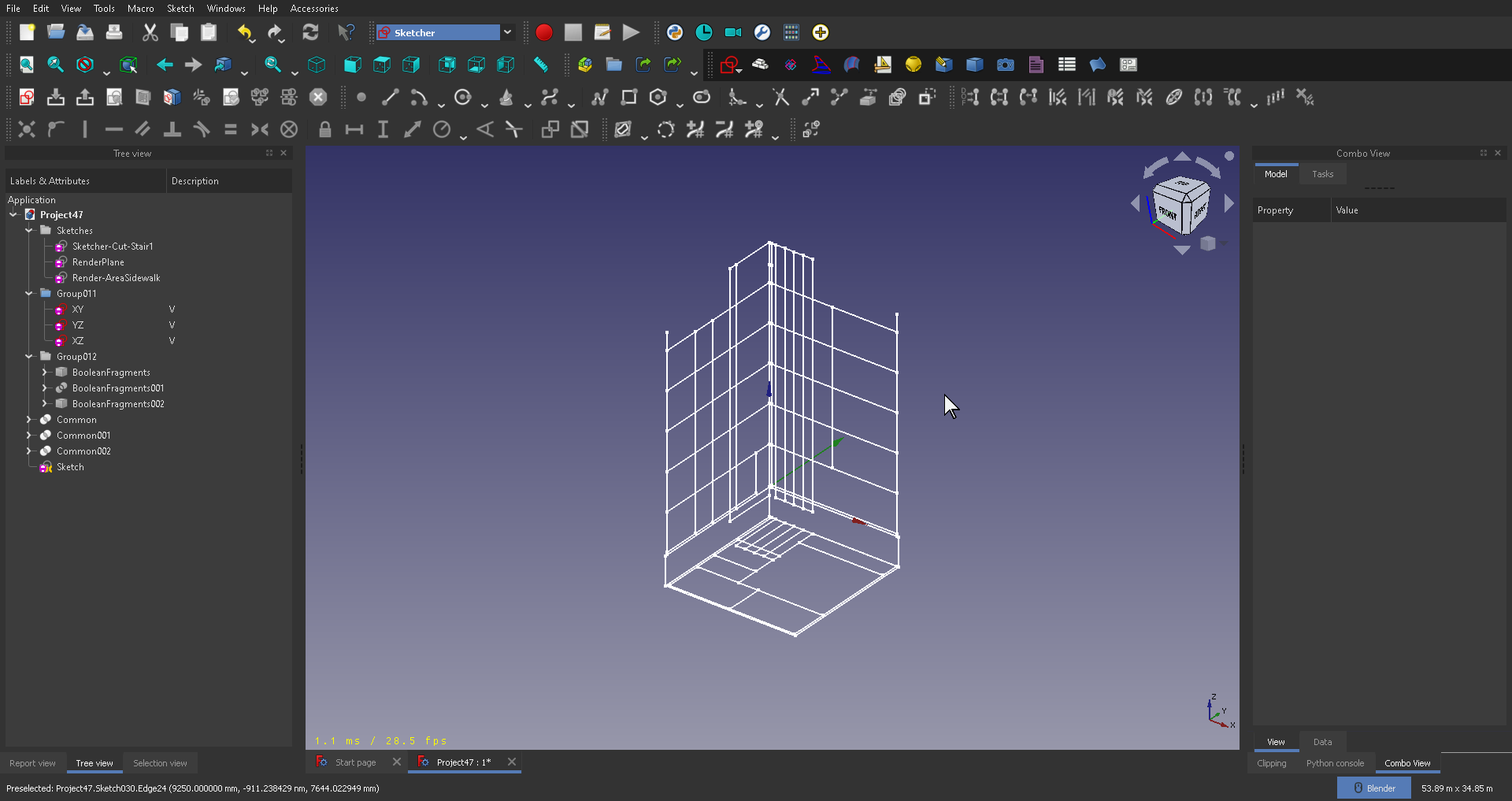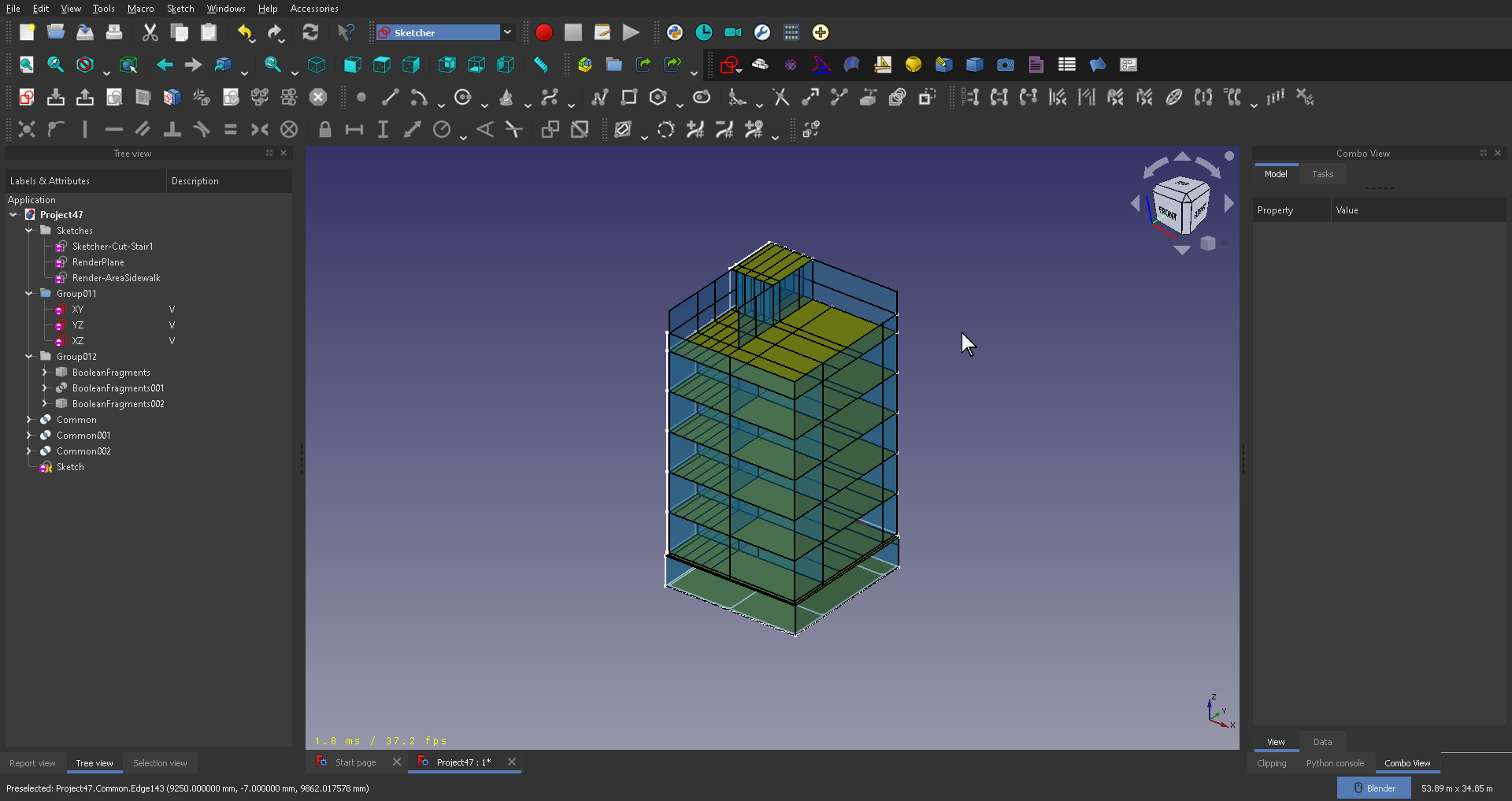I still struggle to understand where the real difference is.
In the end, what I see there is a window system instead of a wall and I'm imagining that it has been created there because of some set of rules. That set of rules could lead to the same window system in homemaker, if the library of objects and rule sets would result in it.
So, if that is true, what you are talking about must be something else that I fail to see.
Is it related to how you get to defining the ruleset?
Your use of Topologic allows you to explore interconnections of spaces, functions, needs and query those to get a list of combinations right?
These combinations then might lead you to create specific answers to them. A library of answers too.
@brunopostle 's proposal implies that the architect (actually he might not be an architect after all :) ) draws interconnected spaces, and define them in a classic way, organizing them as you would in a direct modeling approach. When this is done, you create and apply a library of answers too.
I've seen some of your videos and I see you directly modelling spaces geometry and position and that affects the colors and texts being displayed (sorry for such a basic way of saying it, I imagine this as queries to information and final data generation).
You're not randomly modeling, you know what the effect of your modelling will produce, in that sense, aren't you doing the same as what we should do with Homemaker?
Or is the difference the display of data instead of a direct conversion to final form?



